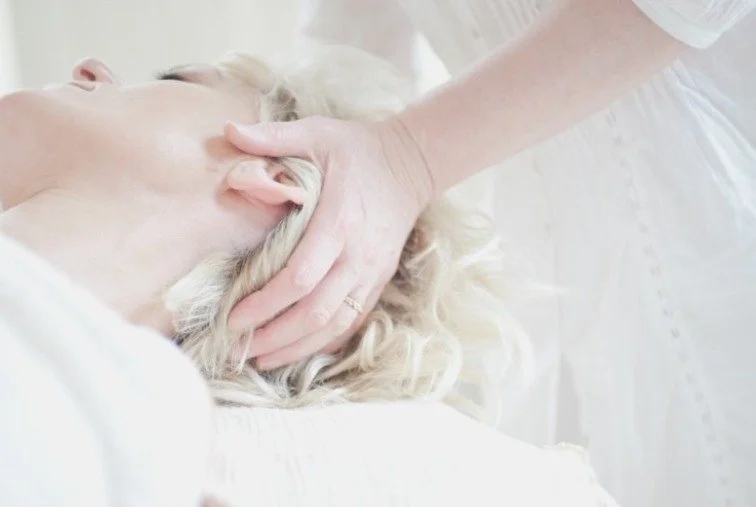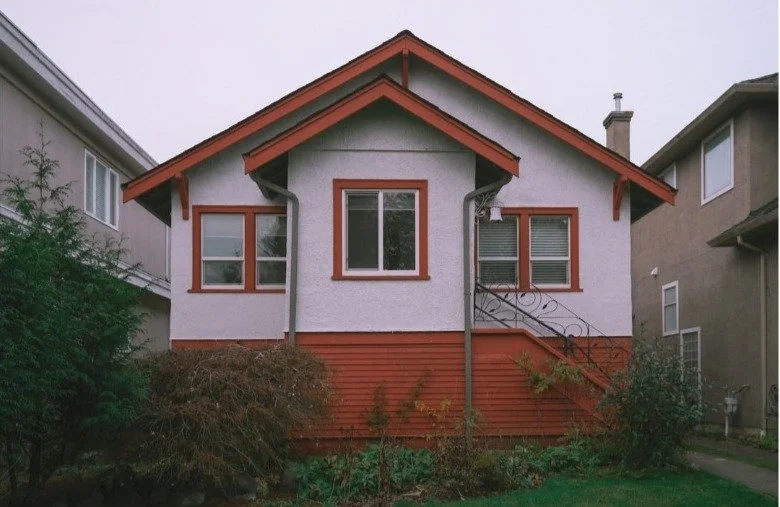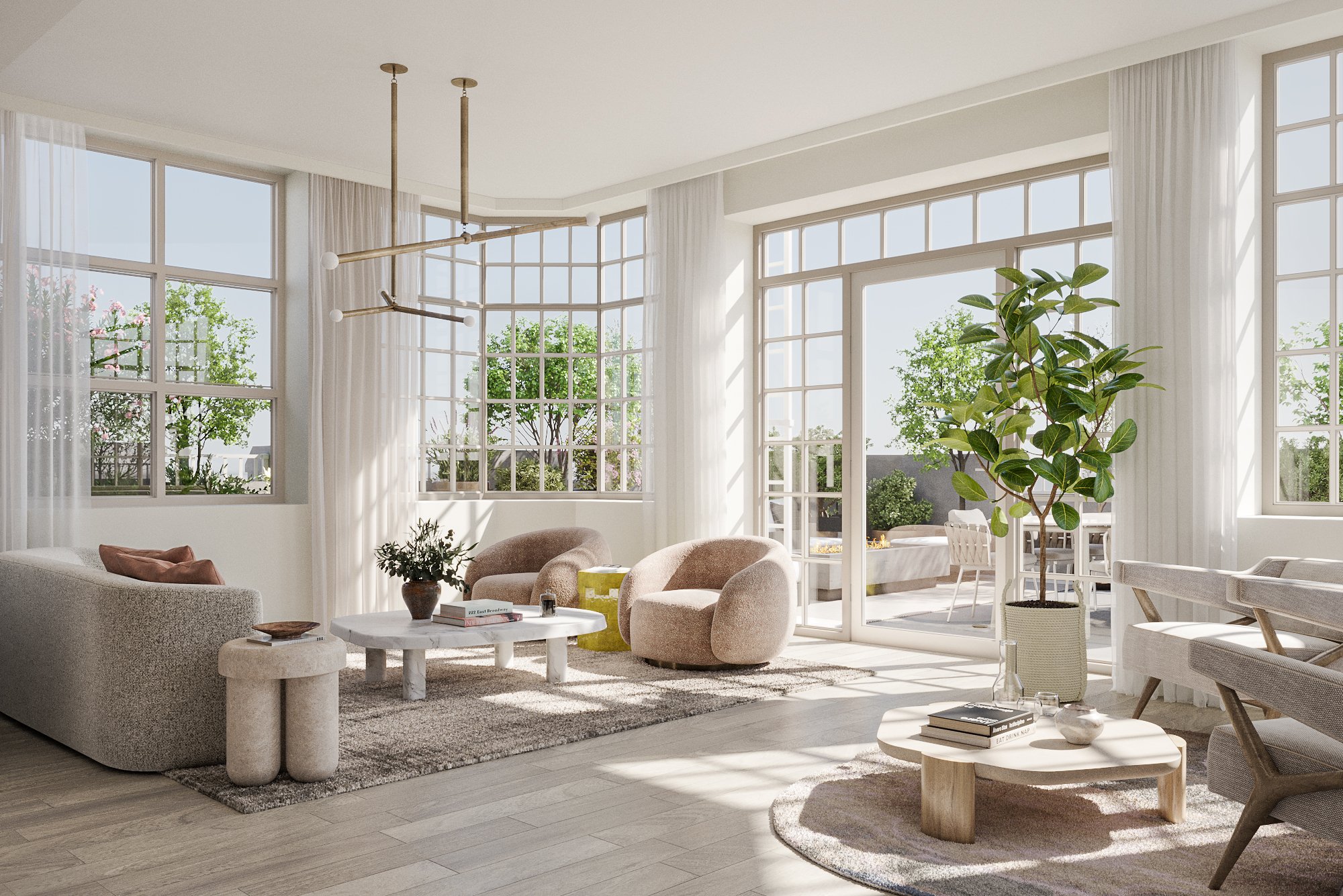New York City, often referred to as the Capital of Luxury, sets the global standard for sophistication, opulence, and grandeur. Manhattan's iconic skyline is home to some of the world's most luxurious residential buildings, attracting celebrities, and affluent individuals alike, seeking unparalleled living experiences.
The city boasts innovatively designed residences that combine world-class amenities, breathtaking views of the cityscape, and the utmost splendor, which amplifies the prestige of residing in such an exclusive environment.
Join us as we unveil the top eight most luxurious residential buildings in New York City, offering a rare insider's look into these elite havens. Discover the epitome of elegance and extravagance, showcased through lavish penthouses, private oases, and contemporary masterpieces that redefine the boundaries of opulence.
Venture beyond the skyline and immerse yourself in a world where luxury living is elevated to new heights, with every architectural marvel exuding its own unique charm and appeal.
Opulence in the Sky: 432 Park Avenue
Completed in 2015, 432 Park Avenue is the tallest residential building in the Western Hemisphere, standing at an impressive 1,396 feet. Designed by renowned architect Rafael Viñoly, this iconic building boasts 104 condominiums spread across 96 floors.
The minimalist design of 432 Park Avenue complements the unparalleled 360-degree views of New York City from within its opulent apartments. Luxury amenities include a 75-foot indoor swimming pool, a fitness center curated by The Wright Fit, a private dining room, and a 24-hour doorman and concierge service.
A Modern Marvel: 56 Leonard Street
56 Leonard Street, often referred to as the "Jenga building" due to its distinctive stacked design, is the vision of acclaimed architects Herzog & de Meuron. The building accommodates 145 unique residences, including ten penthouses. With top-of-the-line appliances, soaring ceilings, and floor-to-ceiling windows, 56 Leonard boasts an extravagant lifestyle experience.
Amenities include a 75-foot infinity pool, a sundeck, a state-of-the-art fitness center, and a private dining room for residents to entertain in style.
History Meets Luxury: The Woolworth Tower Residences
Nestled within the iconic neo-Gothic Woolworth Building, the Woolworth Tower Residences offer a selection of 32 ultra-luxury condominiums. Interior designer Thierry Despont meticulously crafted each residence to cater to modern luxury living while honoring the building's historical significance. The signature residence, known as The Pinnacle, occupies the top five floors of the Woolworth Building. Residents enjoy exclusive amenities, including a wine cellar, fitness center, private pool, and the Gilbert Lounge – a resident gathering space named after the building's architect, Cass Gilbert.
Glamorous City Living: 15 Central Park West
Situated along prestigious Central Park West, the limestone-clad 15 Central Park West was designed by Robert A.M. Stern Architects. Home to celebrities like Denzel Washington, Sting, and Steven Spielberg, the building features 202 luxurious units, separated into two sections: The Tower and The House. Amenities at 15 Central Park West include a 60-foot lap pool, a walnut-paneled library, a private cinema, a wine cellar, and a landscaped terrace.
Exclusive Riverside Living: One Waterline Square
One Waterline Square, designed by famed architect Richard Meier, is one of three ultra-luxurious residential buildings within the Waterline Square development. Located along the Hudson River waterfront, One Waterline Square offers 56 meticulously designed residences.
Floor-to-ceiling windows provide panoramic views of the river and the Manhattan skyline. Within the 100,000 square-foot Waterline Club, residents can access elite amenities, including an indoor tennis court, rock-climbing wall, bowling alley, and a 30-foot rock-climbing wall.
The "Starship" of the Upper East Side: 520 Park Avenue
520 Park Avenue is a luxury tower by architect Robert A.M. Stern, located in Manhattan's Upper East Side. Often nicknamed the "starship" due to its futuristic and sleek design, the 54-story building is home to 33 exclusive residences, including a triplex penthouse dubbed "The Penthouse."
Amenities at 520 Park Avenue include a stunning garden courtyard, salon, children's playroom, and a state-of-the-art fitness center.
Art Deco Revival: The Fitzroy
The Fitzroy, located in the stylish neighborhood of Chelsea, captures the essence of a bygone era with its Art Deco-inspired design by architects Roman and Williams. With only 14 residences, The Fitzroy offers exclusivity and elegance at every turn. Luxury amenities within the building include a state-of-the-art fitness center, landscaped rooftop terrace, and wine cellar.
Additionally, each residence enjoys private elevator access and unique interior design elements, such as windows with bronze detailing.
The Gilded Age Reimagined: The Beekman Residences
Within the historic Temple Court, The Beekman Residences pay homage to the Gilded Age while incorporating contemporary luxuries. The Beekman houses 68 residences designed by Thomas Juul-Hansen, offering elegantly crafted interiors, including open European kitchens and marble ensuite baths.
The Beekman's residents enjoy elite amenities and services, including a state-of-the-art fitness center, in-residence dining by celebrity chef Tom Colicchio, and a landscaped rooftop terrace boasting breathtaking views of Lower Manhattan.
Elevate Your Lifestyle with Off The MRKT's Unrivaled Property Selection
New York City has long been recognized as a haven for architectural innovation, resulting in an unparalleled luxury residential market. From towering skyscrapers with breathtaking city views to historically significant buildings that merge modernity with classic elegance, NYC offers a diverse array of residences to cater to the most discerning tastes. The state-of-the-art amenities, revered craftsmanship, and architectural ingenuity of these buildings distinguish them as the crème de la crème of luxury living.
At Off The MRKT, our primary objective is to connect discerning clients with their dream Manhattan homes. Our expert team, with their extensive knowledge of the city's residential market, tailors their approach to find the perfect luxurious residence amongst these architectural marvels. Whether you seek a contemporary penthouse at 432 Park Avenue or the charm of a Beekman Residence at Temple Court, Off The MRKT has the expertise and resources to ensure a seamless property search and acquisition.
Embark on the journey to find the ideal Manhattan residence that exemplifies both architectural prowess and luxurious living. Allow the committed and knowledgeable team at Off The MRKT to help you discover your perfect piece of New York City's luxury residential landscape. Explore Off The MRKT's portfolio of luxury properties in New York City's most desirable buildings today.















